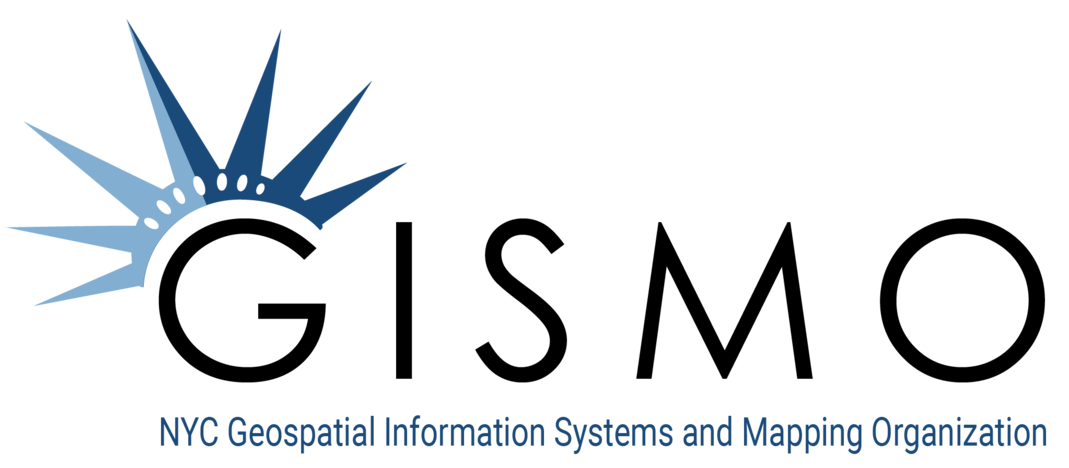By Alan Leidner, President, NYC GISMO, June 10, 2020
We all recognize that when it comes to emergency and disaster planning and response, geospatial data and analytics, at a high level of granularity, are indispensable. GIS based 9-1-1 systems save hundreds of lives daily. I’ve personally witnessed the effectiveness of enterprise GIS in the responses to West Nile Fever, Nine-Eleven (9/11), and hurricane Sandy. But all of you have similar stories to tell. In almost every instance the standard for mapping in emergencies is to the address point, the x,y coordinate, or the building footprint because you really do need that level of detail.
With COVID-19 we are seeing disturbing problems with the use of GIS. Health departments at the state and local level are using case data aggregated to zip code areas because they have been unable or unwilling to capture precise address information digitally and to then geocode it. Moreover, they are not reaching out to GIS experts in other agencies for help. GIS is being used for logistics support and to locate facilities; but precision mapping of the outbreak is rarely being done.
We believe that failure to capture, analyze and model precision case and contact tracing address data impedes the ability to maintain situational awareness and to take effective measures to control COVID. We believe that HIPAA is being used inappropriately to justify the failure to capture and use this data for public health purposes.
The following are recommendations I hope NGAC will consider:
- Provide HIPAA guidance, so it is clear that COVID-19 case related address data can be captured and shared for research and analysis, for public health purposes, behind an appropriate security fire-wall.
- Tell the public health community that they should not refuse to collaborate with their GIS colleagues in other government agencies who have GIS resources and expertise needed to supplement their own efforts, now badly strained by the pandemic response.
- Recommend that every state and local DOH, develop the means to digitally capture and geocode patient location information, so that precision mapping becomes possible. Now is the time to finally develop a National Geocoding Application built upon The National Address Database (NAD).
- Provide the general public with information about the pandemic aggregated to the census tract; an area large enough to anonymize personal information but small enough to provide improved detail about what is happening.
- Recommend that the Federal government work to integrate pandemic response plans into the ICS, NIMS and the DHS GeoCONOPS. Having CDC, and State and Local Departments of Health operate outside of established doctrine and collaborative norms has hindered pandemic response at all levels. We must also make sure that ICS, NIMS and the GeoCONOPS are integrated with and fully reflect how GIS is practiced by state and local government.
The NGAC should take leadership roles in these matters, and speak out boldly whenever GIS is not being included in the operational areas and policy domains it is uniquely able to support.
